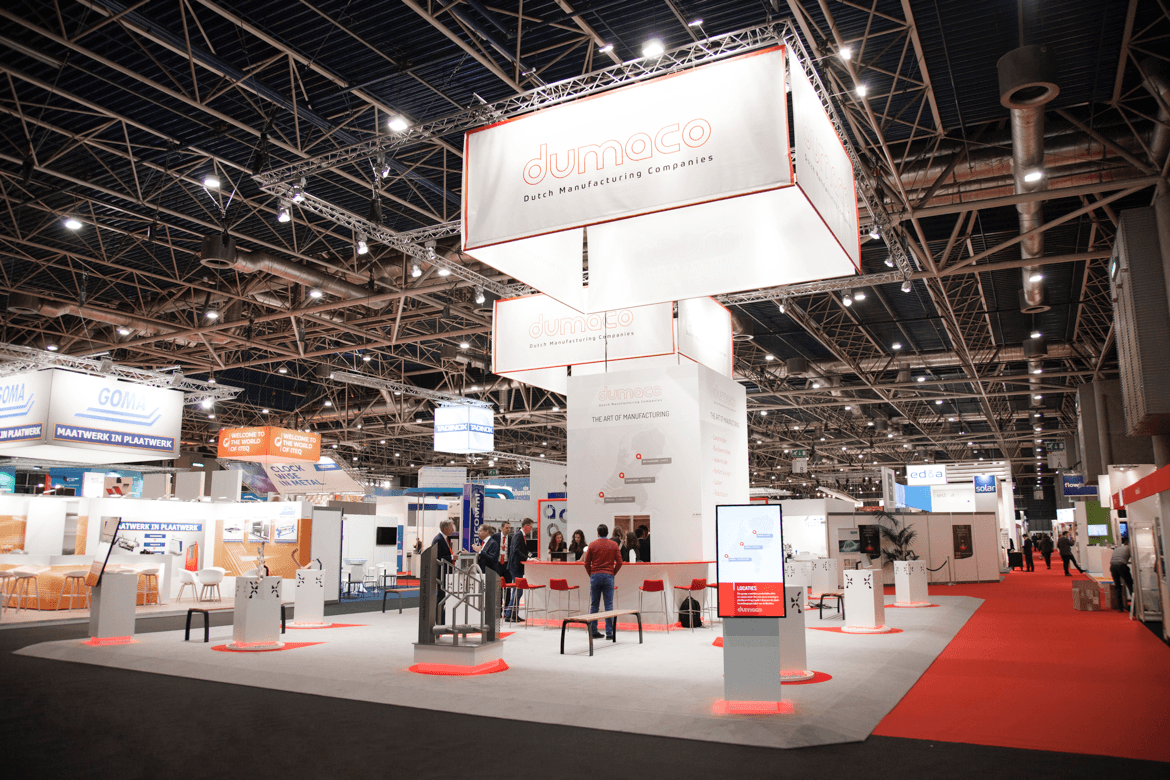*Positioning
The uncertain future of the trade fair and what this means for you

After our recent visit to one of the major trade fairs for the industrial market in our country (Industrial Automation & Drives, Macropak, and Industrial Processing), we reflected on the role of trade fairs. We wondered why visitor numbers are declining and what function the trade fair still serves. But more importantly, what are the consequences of this changing situation for you and your organization, and how should you respond?
How important is the trade fair in the buying or selling process?
The future of the trade fair is very uncertain; visitor numbers are declining, and many exhibitors seem to opt more frequently for ‘private’ events, together with partners from the same chain. In the past – that is, a few years ago – the only way to get a complete overview of the market was through trade fairs. As a buyer, you had to visit them for information, or exhibit to maintain your position in the market. Additionally, it was the place to make new contacts and prospects and maybe even make deals. Compare that to nowadays; to what extent does the trade fair still fulfill this role? How important is the trade fair in the buying or selling process?
Interested parties no longer have to wait for the trade fair to find out who could provide a certain solution; one sentence in Google does almost the same. Just a few clicks further, they find all the brochures or product information they need. This information already enables the buyer to supplement their existing network and come up with a shortlist. So, the visitor is left with only one reason to visit a trade fair; to expand or build a personal network in a specific market. And here we find the reason why visitor numbers are declining; there is probably still no current reason for most people to visit a trade fair!
We are currently in a transitional phase. For an increasingly smaller part of the market, the trade fair still fulfills the same role, but visitor numbers are decreasing. This means that trade fairs are becoming a smaller pond, and this changes the entire consideration for exhibitors. Whereas before you could score 100 good leads at a fair, now there are only 20, which should directly influence the available budget! Organizers’ and fairgrounds’ prices are not likely to quickly reflect this new reality, so we expect a huge gap between supply and demand in this area.
You are probably wondering where those 80 leads have gone. Opinions vary, but we are sure that a large part of them is now online, just like the advertising market, which is increasingly moving online. This presents opportunities because in your market, the focus and budgets are not yet reflecting this!
Conclusion
We conclude that the trade fair in its current form is a declining affair. Until prices reflect the new reality, it is not the most efficient use of your budget. In the future, the trade fair will mainly be an extension and complement of (online) communication activities and processes, addressing their limitations. This means that personal meetings will take center stage along with further developing existing relationships. This places demands on organizers as well as exhibitors because the current sales-oriented approach, in which the showroom is simply moved to the fair floor, is outdated.